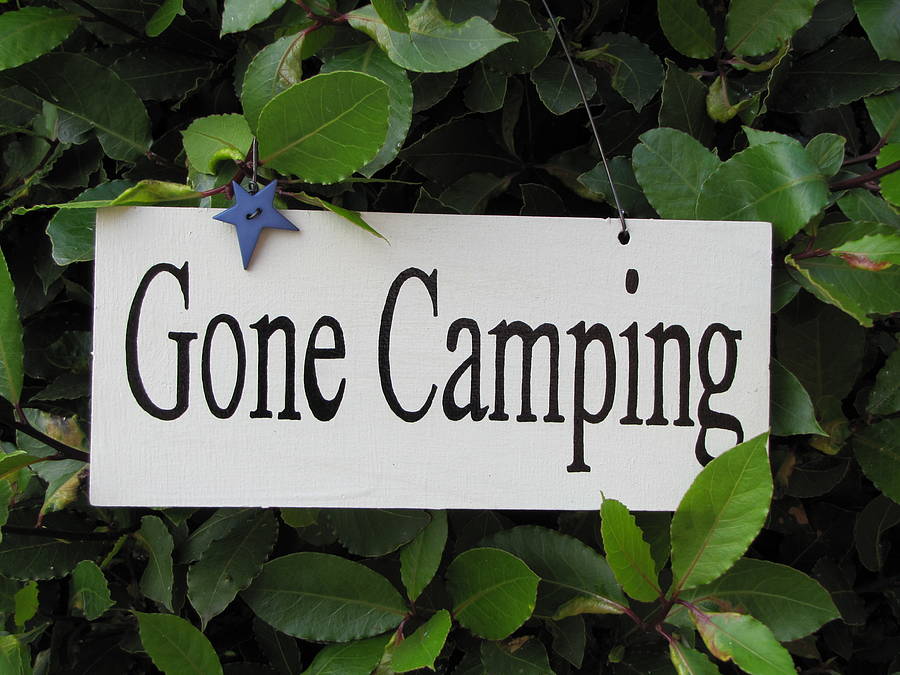Minnesota "cabin culture" as it has been called, is a normal part of life where I live. It's very common for a family to pack up for a long weekend at the cabin several times per summer, if not every weekend! In
an article by CBS Minnesota, it's estimated that there are 122,000 "seasonal/recreational properties" in Minnesota alone. When you think about the Midwest (Wisconsin and Michigan also being popular places for people to own cabins) that's a lot of private property! Our family (primarily Minnesotans) own a cabin in Wisconsin, so this goes across state lines as well.
 |
| Sunset at the lake. |
This weekend, as I was taking a much needed vacation to our family's cabin with my family and my boyfriend, I got to enjoy the wildlife, dense forests and lake views. Sitting on the deck, enjoying the mild weather we had over the weekend, I was also able to enjoy watching all the bees, butterflies and birds that visit the garden my grandmother has planted in front of the cabin. She has planted a lot of pollinator-friendly flowers and shrubs in a small strip along the front of the cabin that is not only nice to look at, but incredibly easy to maintain. We generally visit our cabin on weekends and for slightly longer vacations throughout the summer and into early fall. Sometimes, however, no one is there for weeks at a time, meaning that the garden is left on it's own. I know many others with cabins like ours have similar vacation patterns. But just because we leave doesn't mean the pollinators do! This got me thinking, what if all these cabins, vacation homes, camps, etc had a pollinator garden planted? That would be close to 122,000 pollinator gardens in Minnesota, plus however many seasonal properties you find in the rest of the Midwest!
 |
| The plot that entices our local pollinators. |
It's fairly common knowledge that, currently, pollinators are struggling. Not only are pollinators at risk from
chemicals now used in
pesticides and herbicides, but they're also struggling
because of climate change. It's important for us to do everything we can to help increase pollinator populations because, without them, our future will be pretty dire as well. Pollination by bees alone accounts for the survival of
30 percent of the world's food crops and 90 percent of our wild plants. Include pollinators such as butterflies and birds in that equation and the numbers get even higher.
If you have some empty yard space at your cabin or vacation home, here's a few things you can do:
Plant a Pollinator Garden
1. Plant native plants. Not only will these plants be better for your native pollinators, but they'll be easier to take care of. Native plants are better adapted to the climate you live in, so they won't need extra water or fertilizer and most are perennials so you won't have to replant year after year. Many native plants often also serve as larval host plants.
2. If using non-native plants alongside natives, make sure to check with the grower that you're buying from that it's a low-maintenance plant that tolerates your local climate well.
2. Choose plants that have varying bloom times. That way, you don't have a bed of flowers that only bloom in the spring and then are useless to the pollinators for the rest of the season. It'll also ensure you have blooms every time you visit your cabin, whether it's June or August!
4. Plant in clumps. Keeping the plants together makes it easier for pollinators to buzz, fly or hop from one flower to the next.
 |
| The bee balm is one of the favorites. |
 |
| AND it comes in many different colors! |
Add Some Extra Resources
1. Adding a hummingbird feeder is a great way to attract these beneficial and entertaining birds to your property. Hummingbird feeders are sold at most hardware and home-improvement stores and
sugar water is easy to make. Just remember: don't add red food coloring to the sugar water and clean out the feeder between fillings. Easiest way to do this at a cabin is to just clean it and fill it once per visit.
2. Leaving brush on your property in a brush pile is great for pollinators like bees that use places like that as nesting sites. It should be noted that bees that are nesting are not the same as bees building a hive.
4. Add some sort of decorative dish that can catch rainwater so pollinators can get a drink. Filling the dish with partially submerged pebbles and stones is also helpful to the smaller pollinators like butterflies and bees.
 |
| Pollinator water dish. (Photo: TC Daily Planet) |
What to Avoid
1. Pesticides and herbicides. Honestly, why you would need to use these at a cabin or vacation home is beyond me. You're not going to be there most of the year anyway, so having less weeds is not going to have a huge impact on your life. If you need to handle a pest problem with pesticides, research which options would be the least harmful to pollinators and the environment. Many chemicals have been found or are thought to be harmful to pollinators, so just skip them if you can and pull out those couple weeds by hand if they're bothering you.
2. Modern hybrid flowers, especially those with double petals. These often are bred only for the blooms and have no pollen, nectar or fragrance.
3. Covering bare soil with landscape fabric. Many pollinators rely on the soil to dig nests, and others like those native weeds that poke up through your perennials.
There are TONS of design plans for pollinator gardens out there, so go use that Google machine and start planning yours!
For more resources about creating pollinator habitats, check out the links below!






























.png)



.png)
.png)








